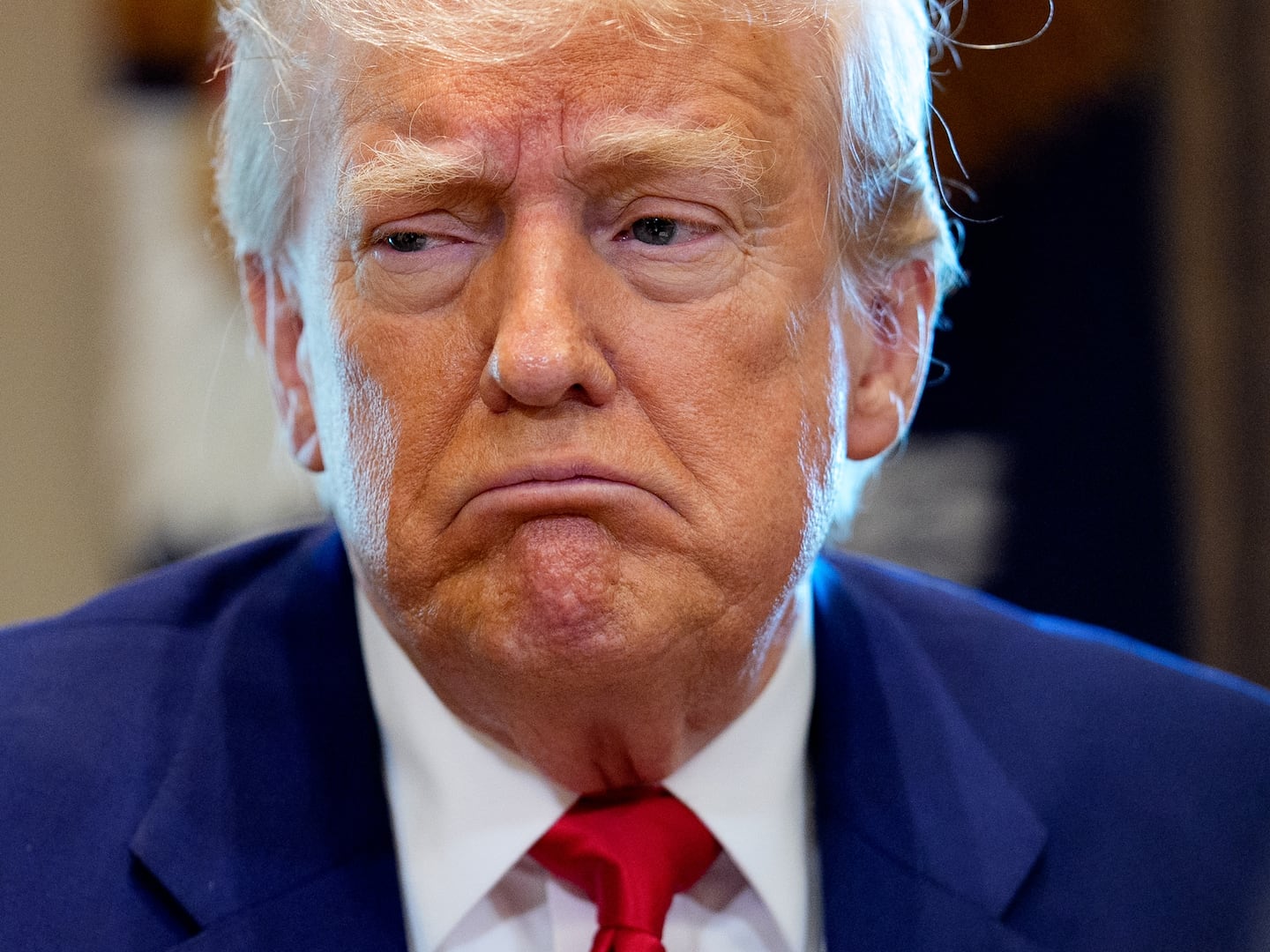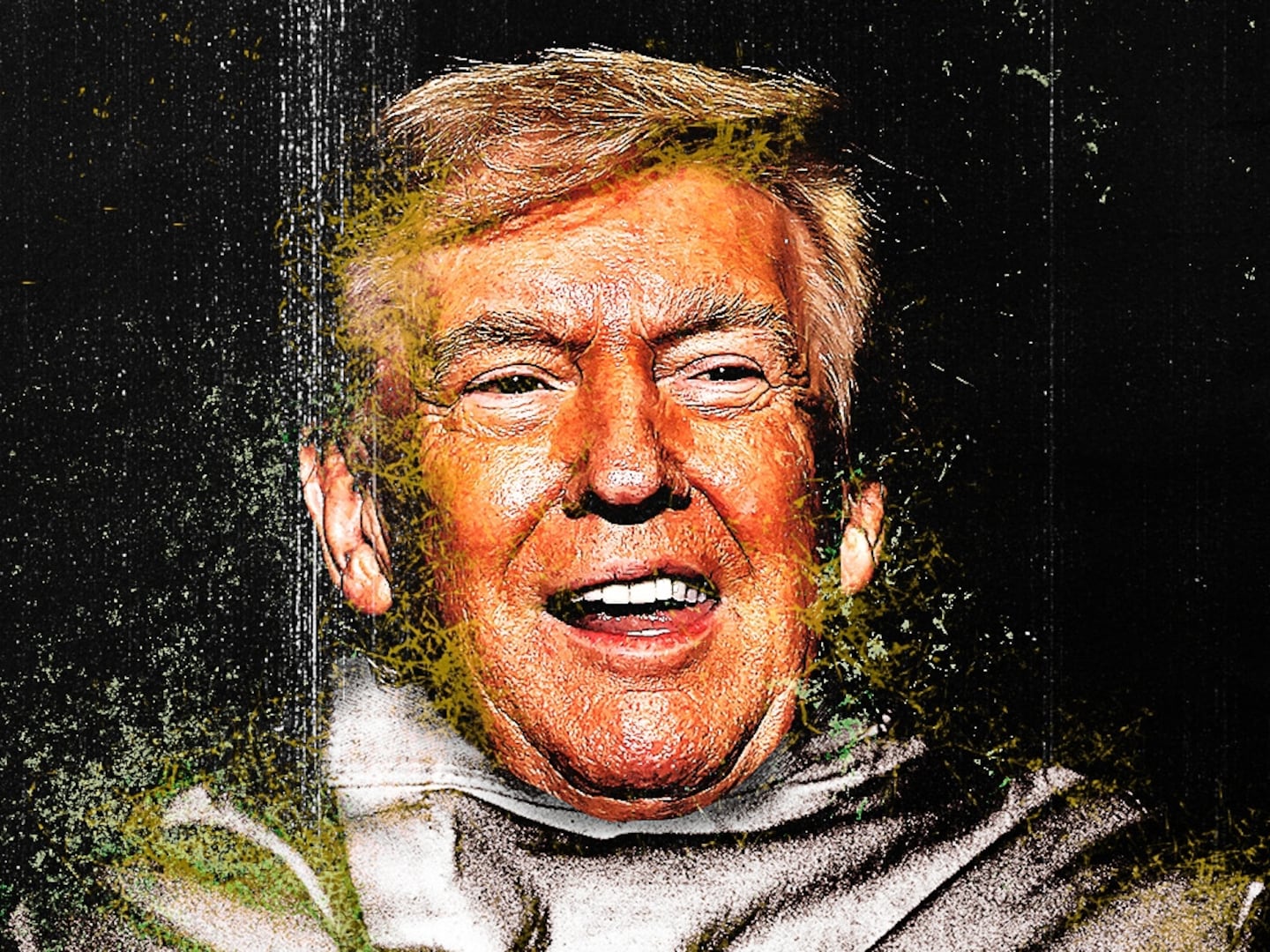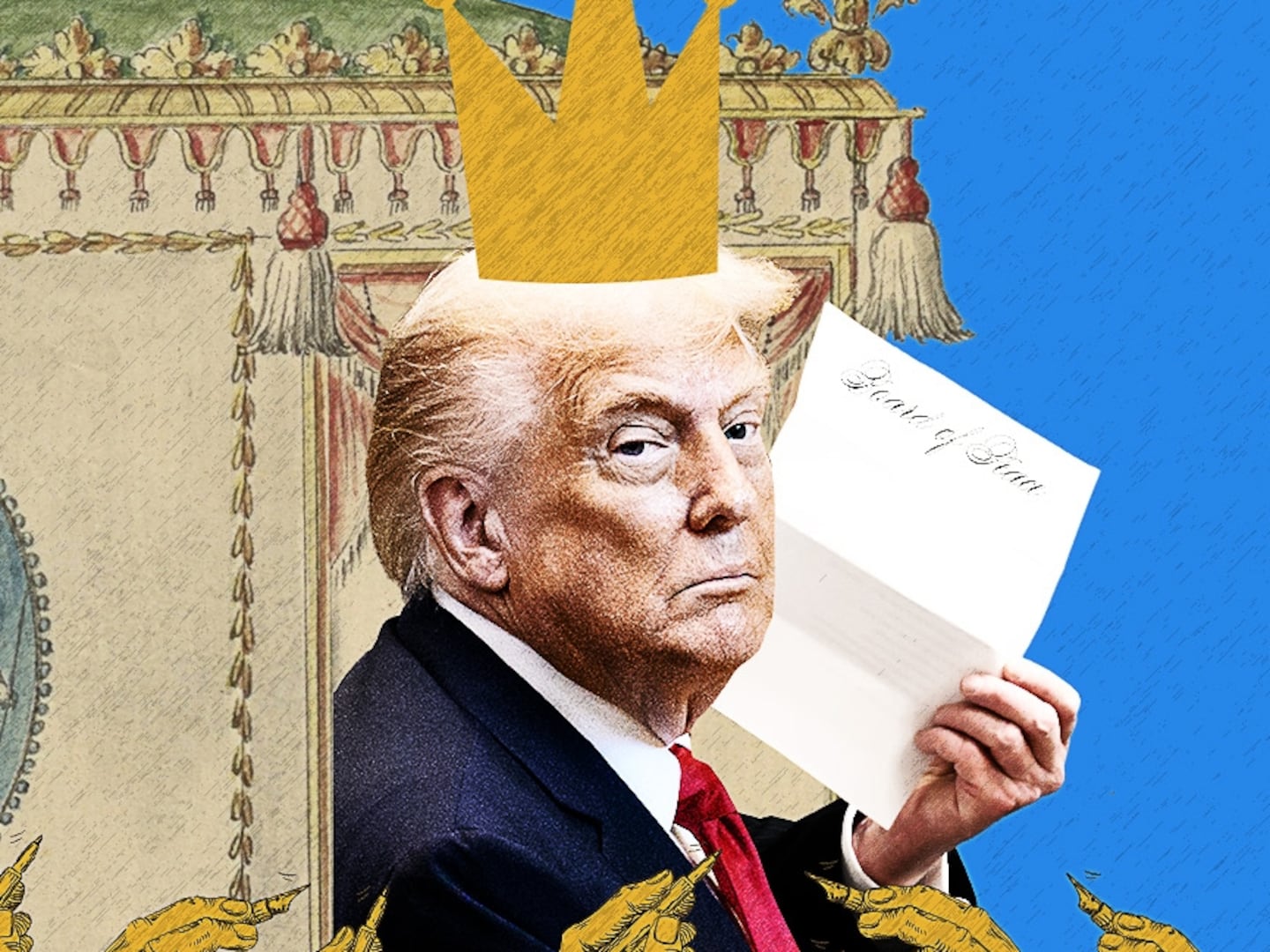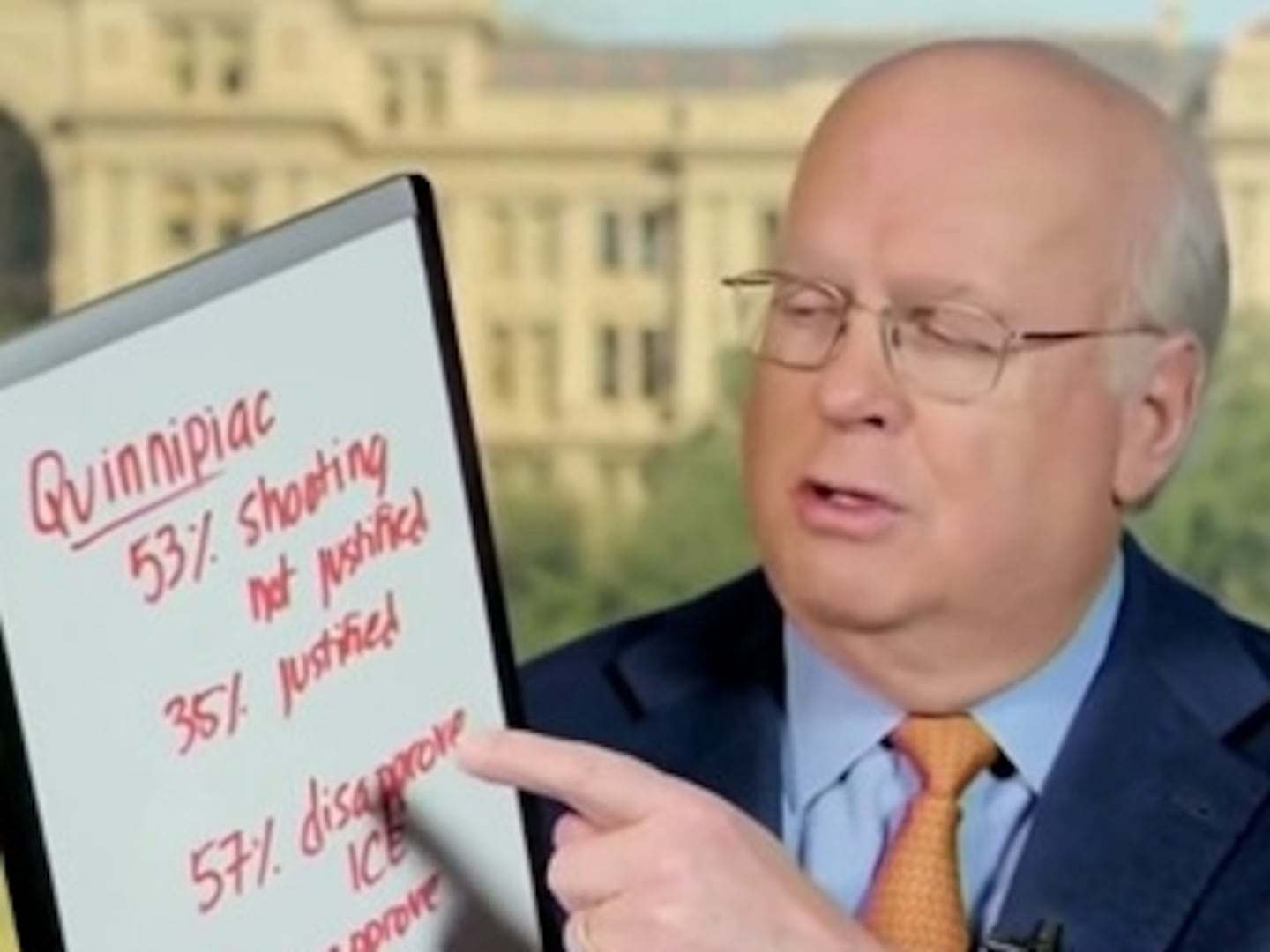Well, it’s official: Barack Obama isn’t trying to change politics anymore. First there was a Washington Post article on Sunday about how the president is back to the usual task of trying to hustle voting blocs sliver by sliver—putting more emphasis on pumping up turnout among minorities and other liberals. Then there were his remarks later in the day, asserting that the GOP will "cripple America" and mocking Rick Perry for denying climate change while his "state is on fire. Will this prove to be self-defeating by further antagonizing independent voters? It doesn't need to—and it would be nice if more Democratic analysts and politicians understood why. If they did, it might go a long way toward keeping Democratic governance from looking as confused and weak as it often does.
Wallsten doesn’t say this outright, but the Obama ’12 operation will be, if the script laid out in the Post is adhered to, in some respects not dissimilar from the George W. Bush reelection effort. In 2004, Bush and Karl Rove decided to play largely to the base. Rove, remember, was convinced that the eleventh-hour DUI revelation in 2000 had depressed turnout among Christians who were staggered to learn this impious truth about their man. In addition, Bush and Rove both knew that Bush’s appeal to independents was limited: in 2004, Bush was rarely above 50 percent in opinion polls (except in the only poll that mattered), and independents were deeply split on him.
Obama is in a similar but even worse position. Whereas Bush was hugging 50 percent most of the year, Obama is lower, between 40 and 47, depending on whom you believe. So he’ll really have to crank up the base. It means the end of the old there-is-no-red-or-blue America Obama, although that Obama hasn’t really been suited up and on the playing field for some time. And in any case, the Republicans and the Tea Party have assured us that there are red and blue Americas after all, and they want things to stay that way.
So the Obama people feel that amping up the base is their best play. And yet, many will counter, won’t this strategy perforce alienate still more independents? If he spends the year playing identity politics with blacks and Latinos and Jews, he’ll kill himself with those in the middle. Filling in the picture a bit more, Bill Galston posted an ominous piece at The New Republic looking at some Pew polling that shows that “average voters” think of themselves as twice as far from the Democratic Party as they are from the Republican Party. They said the precise opposite in 2005, heading into two elections in which independents gave Democrats majority support.

So how can Obama serve both masters, base and swing? It’s the age-old question, and there aren’t any easy answers. But I do think Democrats often make a terrible mistake in thinking that base Democrats and independents have completely opposing interests. Democrats tend to think of independents as Republicans Lite. This is true on some issues. Independents like deficit reduction, for example—well, that is, they actually like real deficit reduction, not the phony Republican view of deficit reduction, which backs reducing the deficit as long as the cuts kick poor people in the behind one more time and tell rich ones they’re safe.
But independents aren’t that monolithic. Of the 35 or so percent of voters who call themselves independent, according to Democratic pollster Guy Molyneux of Peter Hart Research Associates, about two thirds are basically Democrats or Republicans who just prefer calling themselves independent but whose votes are pretty reliable. That leaves maybe 10 to 15 percent of the electorate that is truly independent—still a big chunk, for sure, and a crucial or perhaps the crucial key to winning most elections. There are two things about these voters, Molyneux says.
First, they take some conservative positions and some progressive ones. Some recent polling data from the Kaiser Family Foundation confirm this. You can see from it that while independents as a group are astonishingly right down the middle between Democrats and Republicans on a number of questions, there are a few on which they’re closer to Democrats, like protecting Social Security and being open to some defense cuts. But there’s something else important to them. “They also want someone who can run things, a person who can make things work,” Molyneux says.
This is what Democrats misunderstand about independent voters. Obama and his people seemed to think that over the summer, independents wanted them to cut a deal with the GOP on the debt ceiling. He’d look moderate, reasonable. So they cut it. Result: they lost about 8 points among independents, who hated the deal because it symbolized dysfunction and because the president looked weak.
Republicans as a rule don’t pander to independents in so slavish a way. Rather than trying to cater to independents’ presumed ideological preferences, Republicans try to say things that will resonate with independents’ emotional posture. Remember Bush in 2004. What did he say to woo independents? “You might not always agree with me, but you know where I stand.” It was a line that traded exactly on this quality independents look for that Molyneux describes. And it worked well enough—the guy won. What Democrats say to independents is precisely the opposite. Democrats say, “You might not know where I stand, but I’m always trying to look like I agree with you!” It’s kind of pathetic. And it’s the same old Democratic error of trying to win people over intellectually rather than emotionally.
There is, then, a way for Obama to inspire both the base and swing voters, and it’s absurdly simple: he needs to accentuate the items on which the two groups more or less agree and fight hard for them. I’d call it a radical stylistic posture on behalf of an ideologically modest agenda. There’s something in that for both camps—base and swing—to latch onto. To do that, Obama and his people merely have to start thinking more about the similarities between Democrats and independents than about their differences.






